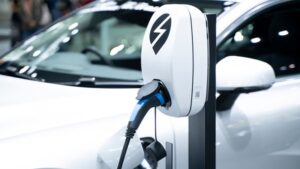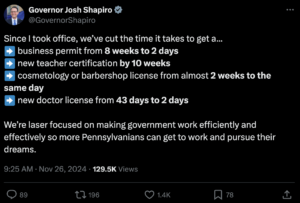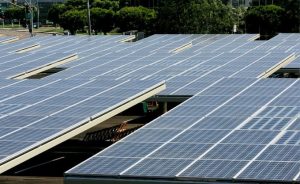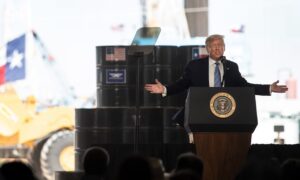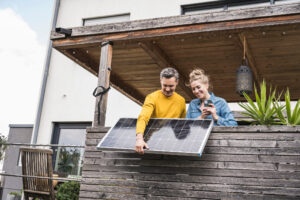Electric vehicle battery prices are expected to fall 50% by 2026
Editor’s Note: Here’s another example of the “learning curve” bringing down the prices of CleanTech. From a report by Goldman Sachs.
Technology advances that have allowed electric vehicle battery makers to increase energy density, combined with a drop in green metal prices, will push battery prices lower than previously expected, according to Goldman Sachs Research.
Global average battery prices declined from $153 per kilowatt-hour (kWh) in 2022 to $149 in 2023, and they’re projected by Goldman Sachs Research to fall to $111 by the close of this year. Our researchers forecast that average battery prices could fall towards $80/kWh by 2026, amounting to a drop of almost 50% from 2023, a level at which battery electric vehicles would achieve ownership cost parity with gasoline-fueled cars in the US on an unsubsidized basis.

